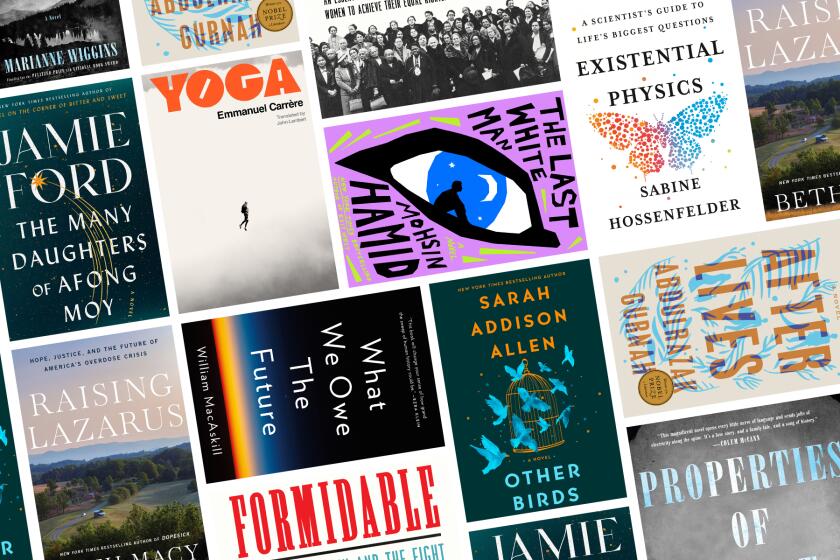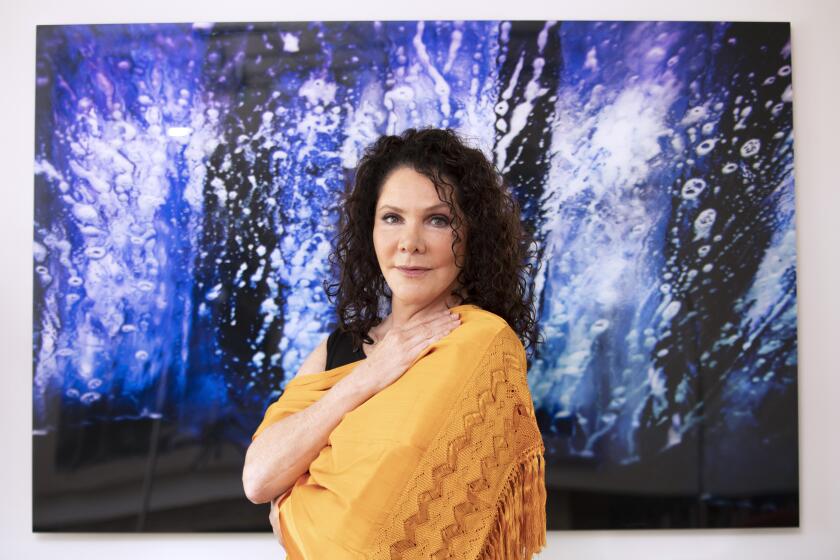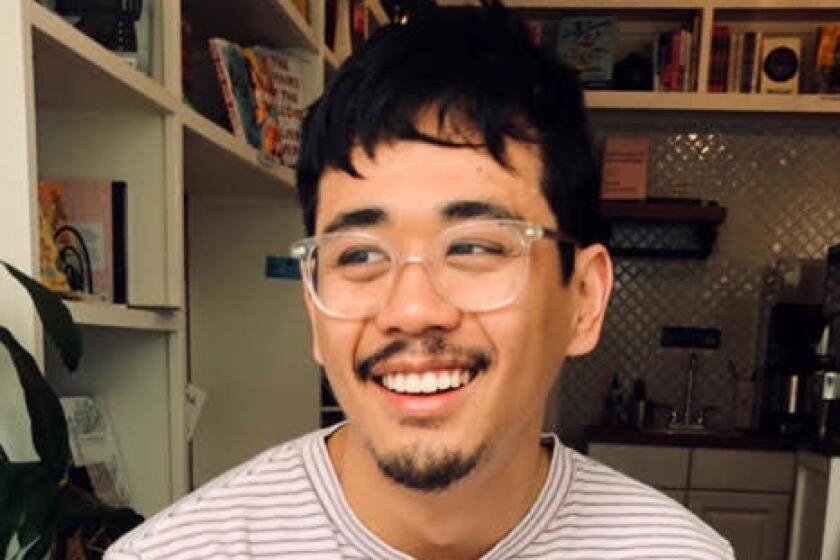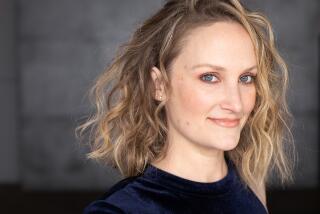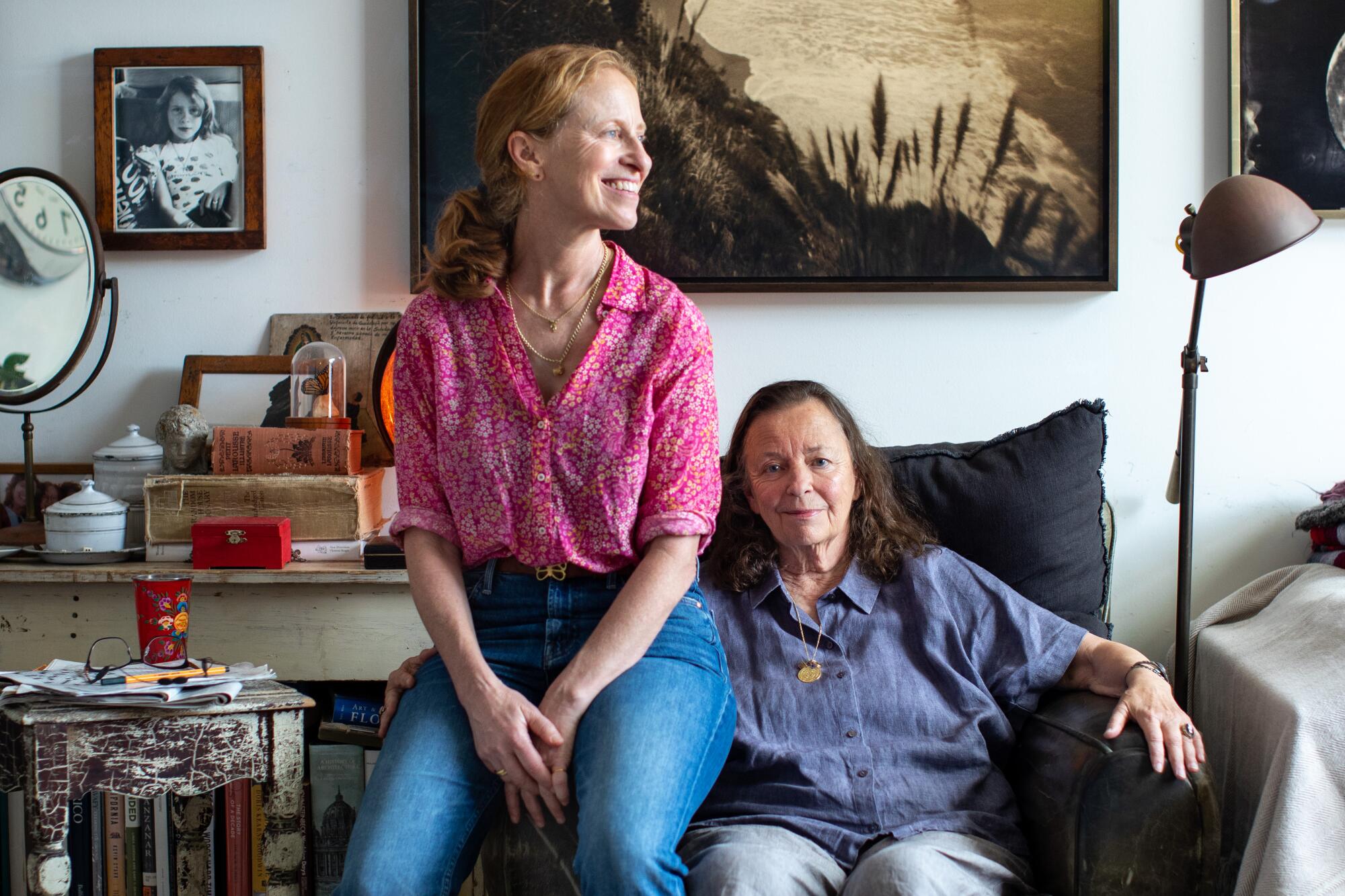
On the Shelf
Properties of Thirst
By Marianne Wiggins
Simon & Schuster: 544 pages, $28
If you buy books linked on our site, The Times may earn a commission from Bookshop.org, whose fees support independent bookstores.
This is a love story. Or rather, several love stories.
It’s the story of the novelist Marianne Wiggins, whose previous novels have been finalists for Pulitzer Prizes and whose new novel, “Properties of Thirst,” is an ode to mid-20th century California history. Wiggins has carried on a love affair with language since she read novels as an escape from a turbulent childhood.
“Properties of Thirst” is a love story too about the Owens Valley, which was once a verdant agricultural area but now is near desert, its water commandeered for thirsty Los Angeles. It’s the story of the white families who fought to preserve the land their ancestors had stolen, and also of the Japanese Americans forcibly interned there because of racist war hysteria, and also of the Jewish man tasked with building the internment camp — Manzanar. It’s a narrative Wiggins infuses with grace and grit so that readers will feel the heat and the wind that blows off the sepia landscape.
But this is also the story of Wiggins, the mortal woman who suffered a massive stroke in 2016. Having nearly finished her manuscript in 2016, Wiggins gradually emerged to discover that eight years of her life — including the years spent writing “Properties of Thirst”— had been erased from her injured brain. Lara Porzak, Wiggins’s daughter, has been her mother’s full-time caregiver since the stroke, and it was Porzak who reintroduced her mother to the marvelous novel and worked with her to complete it.
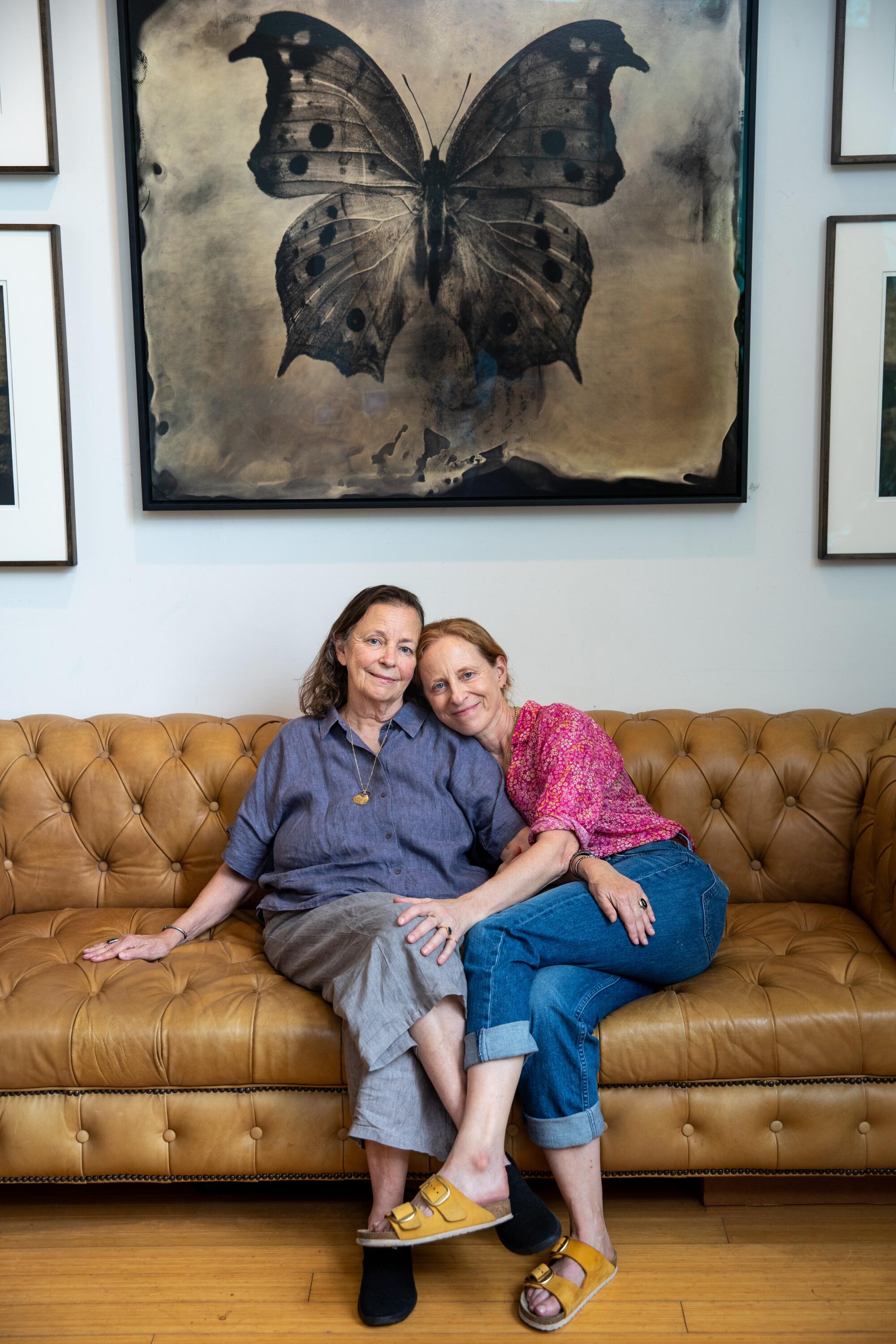
Porzak is the physical bridge between the two Mariannes, author and survivor, and their mother-daughter love story is what makes all the others possible.
During our interview via Zoom in mid-July, Porzak sat next to Wiggins, now 74, in their Venice home. They were both lively, delighted to talk about the work. Porzak, a gifted photographer, apprehends the world visually, but to reach her mother as she slipped in and out of a coma, she used sound. She knew Wiggins couldn’t tolerate noise while she was working, so Porzak sought to drown out the cacophony of the ICU.
“I just kept reading close to your ear, Mom, the things I could get on my phone because I didn’t leave the hospital,” she reminded Wiggins. As soon as Porzak could leave the hospital for a brief respite, she brought back Wiggins’ own books to read to her.
Bethanne Patrick’s August highlights include fiction from Mohsin Hamid and Marianne Wiggins, a sequel to “Dopesick” and a revisionist feminist history.
“And then I thought, well, let’s just do the manuscript since that’s what she’s working on,” Porzak recalled. “Let’s see if I can get in there, get her own voice to heal her. I really believe that it helped her, her rhythms. I could start to see on the machines when I read something — or maybe I’d think that this happened — I could tell when she was lighting up a little bit, when there was more of a presence.”
She began to imagine that she might help finish the novel.
“I was just committed,” Porzak said. “I suppose it also helped with my denial. Like, if you have a focus that I’m going to save the book, it’s an easier thing to achieve than saving the human.”
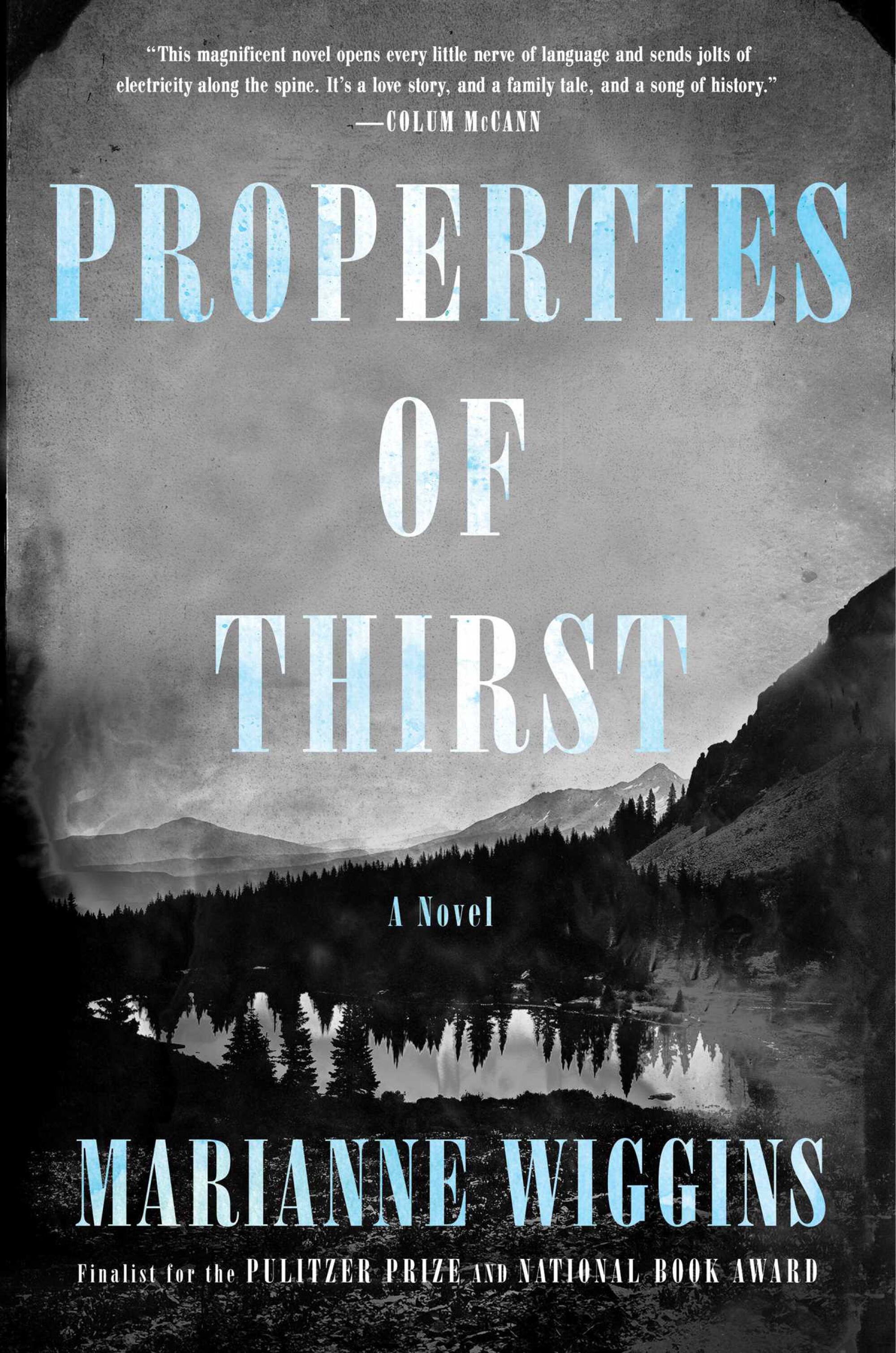
Along the way, Porzak fell in love with her mother’s unpublished manuscript. She became not only Wiggins’ full-time caregiver but her amanuensis and archivist. Parts of that journey are detailed in “Marianne,” a new documentary she made with Rebecca Ressler, which will be shown at upcoming film festivals.
They worked on the manuscript every day for three years, eventually joined by former Times books editor David Ulin, who was brought in to help edit the book. I ask them what the process was like.
“It was a tough one,” Porzak said. “Word by word, honestly.”
“Did I fight you?” Wiggins asks facetiously. “Because I’ve worked decades by myself. I don’t want somebody around me. I needed somebody around me.”
For an author who had written 10 novels in solitude, accepting the help was tough. Mother-daughter tensions boiled over at times.
Wiggins writes out all of her novels longhand and doesn’t move on from a chapter until she’s edited it, so there was much less than the usual first-draft mess. Still, the manuscript wasn’t quite finished, and Wiggins was physically unable to write.
Dictating a text, as opposed to putting it down on paper, “is a completely different cadence, different rhythms,” Porzak said. “The hardest thing was to get [the new writing] as close to possible as the 90% that was completed.”
Out with “L.A. Weather,” her third novel, María Amparo Escandón talks about fleeing L.A.’s wildfires, dreading the climate and loving her adopted city.
This led Porzak on a treasure hunt, poring over hundreds of her mother’s journals in search of handwritten notes and passages. “I had extracted from Marianne’s notebooks, from all these other projects she was working on, prestroke beautiful sentences, well-written Marianne sentences — I would stitch them together in a document.” Together with Ulin, they worked to solve the jigsaw puzzle.
As Wiggins regained her ability to read, they shifted to editing on the page. Wiggins continues to struggle with her eyesight. “She doesn’t see the left side. It doesn’t exist in her brain.” They worked slowly, blew up the font size.
Porzak would print out passages and Wiggins would make suggestions for moving commas, adding words, changing the flow of a sentence, until they were finally approved. The new work is more than 10% richer for it, including — for instance — lyrical, rolling passages from the point of view of a previously silent character.
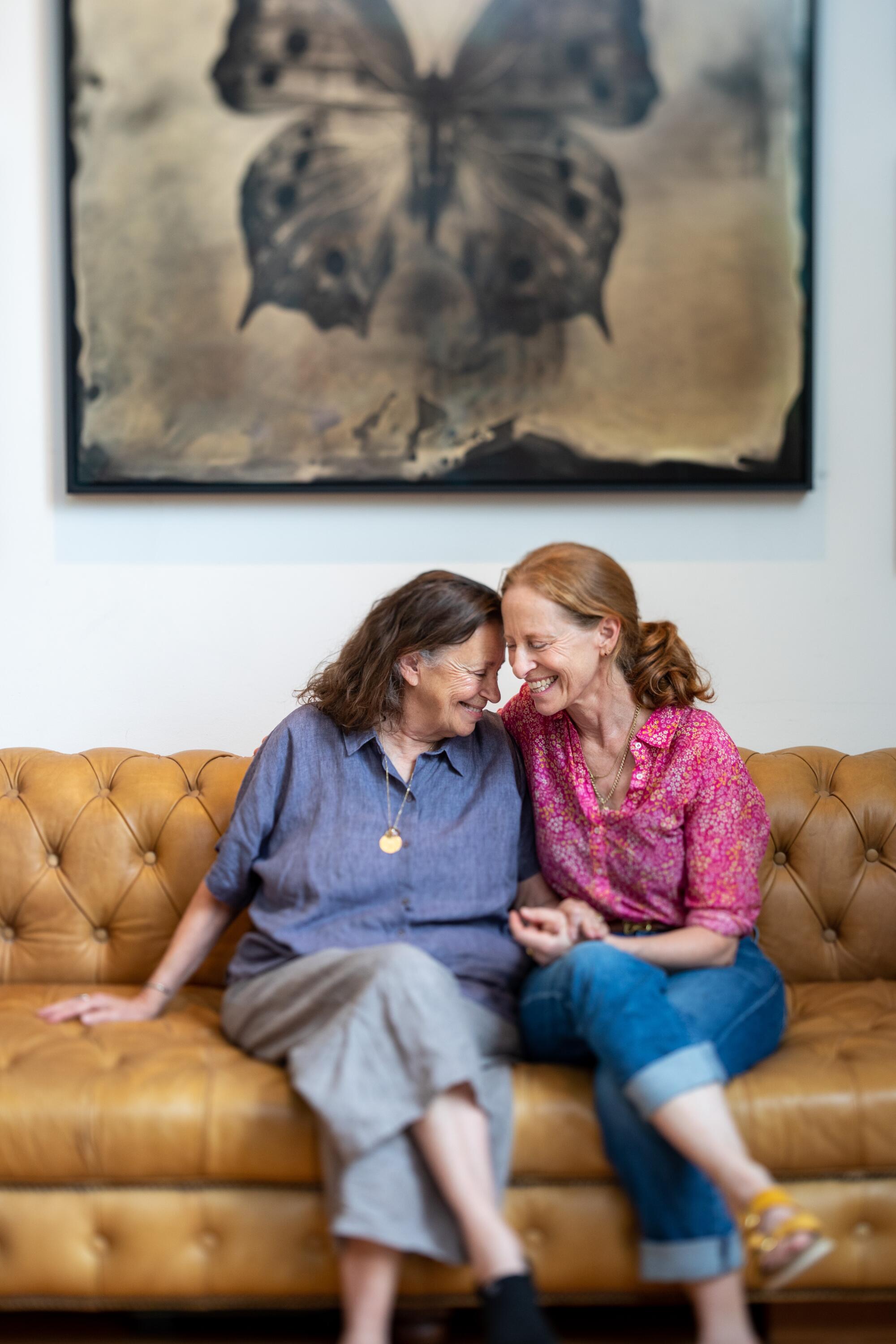
“Did I fight you?” Wiggins, left, asks Porzak facetiously. “Because I’ve worked decades by myself. I don’t want somebody around me. I needed somebody around me.”
Wiggins moved to Southern California in the early aughts to teach at USC. Raised in Pennsylvania, she moved frequently, spending many years in Martha’s Vineyard and in London (where she went into hiding for a time with her then-husband, Salman Rushdie). Yet the sensory details in “Properties of Thirst” feel like the product of a native Californian.
“Turning back, now,” Wiggins writes, “he watched the signature of smoke from the kitchen woodstove spill like ink across the sky, turning sharply north, downwind, on the prevailing current. Blue light. Deeper blue in shadows, the sense that water ruled — water in the vapor of the darting low flat purple clouds specific to this valley in the mornings, water in the blue ice on the mountains; water, water everywhere, except where he needed it.”
What, I asked, was the spark that ignited this book?
“First is place,” Wiggins said. “And then I think place creates the people, the people who create that place. Although people created New York City, the city creates a certain kind of person. Now that it’s created, it has become the creator. And it was a real test of my abilities because I’m not West Coast. I was born on the East Coast and drought was never part of my seasonal anxiety. School was a seasonal anxiety, but never drought. But I’ve never written about place the way I wrote about place in the book.”
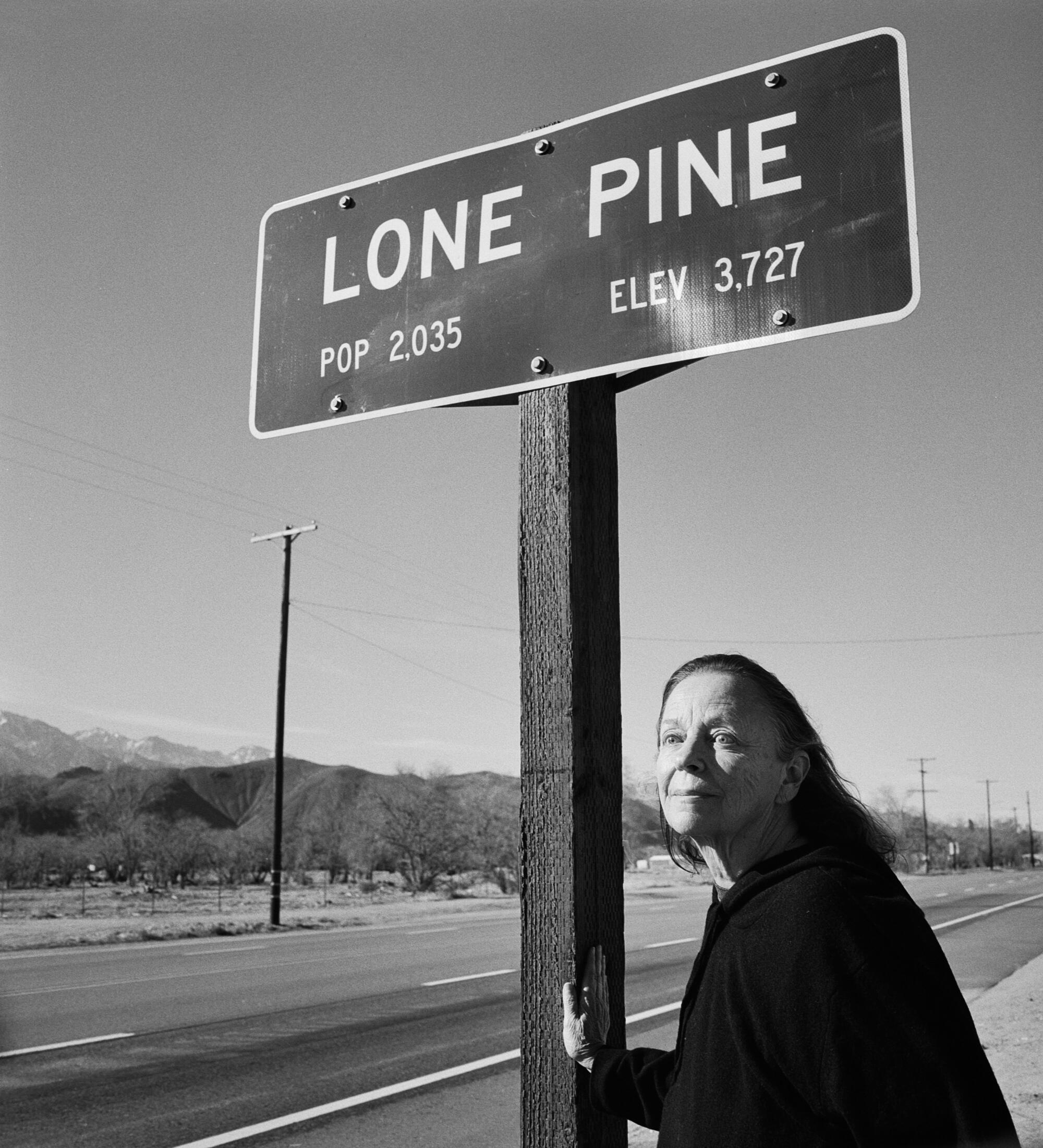
The sense memories that fuel Wiggins’ work have been clouded by the stroke, but they can also be triggered, Porzak said, in remarkable ways: “It‘s almost like a synesthesia switch, which based on my readings, happens a lot with brain trauma. For example, last week she said that the pasta was too loud. I must have oversalted it.”
Friends and family mourn Anthony Veasna So, whose highly anticipated debut story collection, “Afterparties,” brings refugee Stockton to life.
Yet this cross-sensory awareness was always there. “It depends what I’m writing,” Wiggins said. “If I’m writing landscape, I can see it. If I’m writing a scene in the forest, I can smell it. And if it’s about a person, I’ll see it and smell it and hear it.”
Then there is taste. Cookbooks are central to the plot — artifacts of Wiggins’ childhood among a family of grocers. In the novel, they contain handwritten notes that help connect a daughter to her long-dead mother.
Rocky is the patriarch of the family in the novel. His wife, Lou, died of polio, and his sister, Cas, moved in to help care for his motherless twin children: Sunny, who immerses herself in her mother’s French cookbooks, and Stryker, who, as the novel opens, is off fighting in the Pacific.
First cracking them open at age 10, desperate to know more of the mother she barely remembers, Sunny is baffled at first: “Instead of an ordered index, what Sunny found were traces of a person taking notes, a shorthand, the way some people talk out loud as self-reminder, to jog memory, a memory in which Sunny would never find an active part until she, herself, followed her mother’s shadow and began to try to cook.”
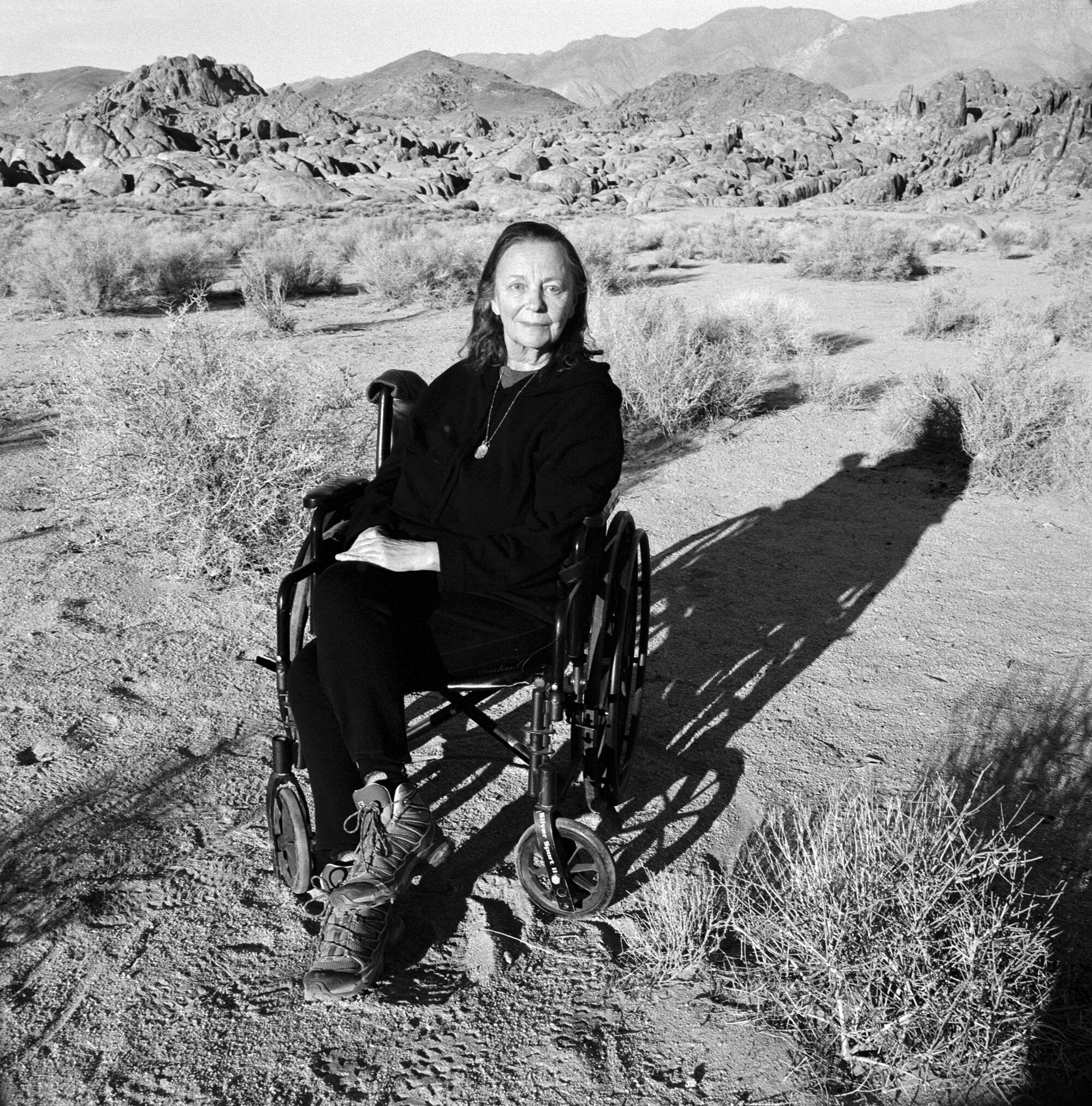
If that painstaking process of recovery sounds like what Wiggins’ daughter went through — well, Porzak agrees. While “looking for the ending after caregiving all day long and putting her to bed,” she found her experience mirrored, eerily, in Sunny’s sleuthing. “I kept thinking, ‘What’s happening?’”
Each section of the novel is introduced by an epigraph delineating a “property of thirst.” Rocky comes to know his land through the “water clock” he keeps, knowing what time of the year it is by water’s presence or absence. Thirst becomes the overarching metaphor for human desire in a sere landscape.
Reading these 10 “properties” in juxtaposition also seems to mirror the journey of the author and her daughter, along with Ulin, over the last few years. Surprise. Recognition. Memory. Desire and the thwarting of that desire. Also: spontaneous combustion. It reads like a prose poem Wiggins wrote to predict what was coming in her own life.
“You can’t save what you don’t love,” reads the declarative sentence that opens the novel. It becomes the theme that ties together the disparate characters as they attempt to save the water, save the land, save their families and ultimately save themselves. And it describes the novel that mother and daughter have saved together.
Marianne Wiggins feels comfortable in a new setting that has her inspired again as a novelist. It’s California.
Berry writes for a number of publications and tweets @BerryFLW.
More to Read
Sign up for our Book Club newsletter
Get the latest news, events and more from the Los Angeles Times Book Club, and help us get L.A. reading and talking.
You may occasionally receive promotional content from the Los Angeles Times.
